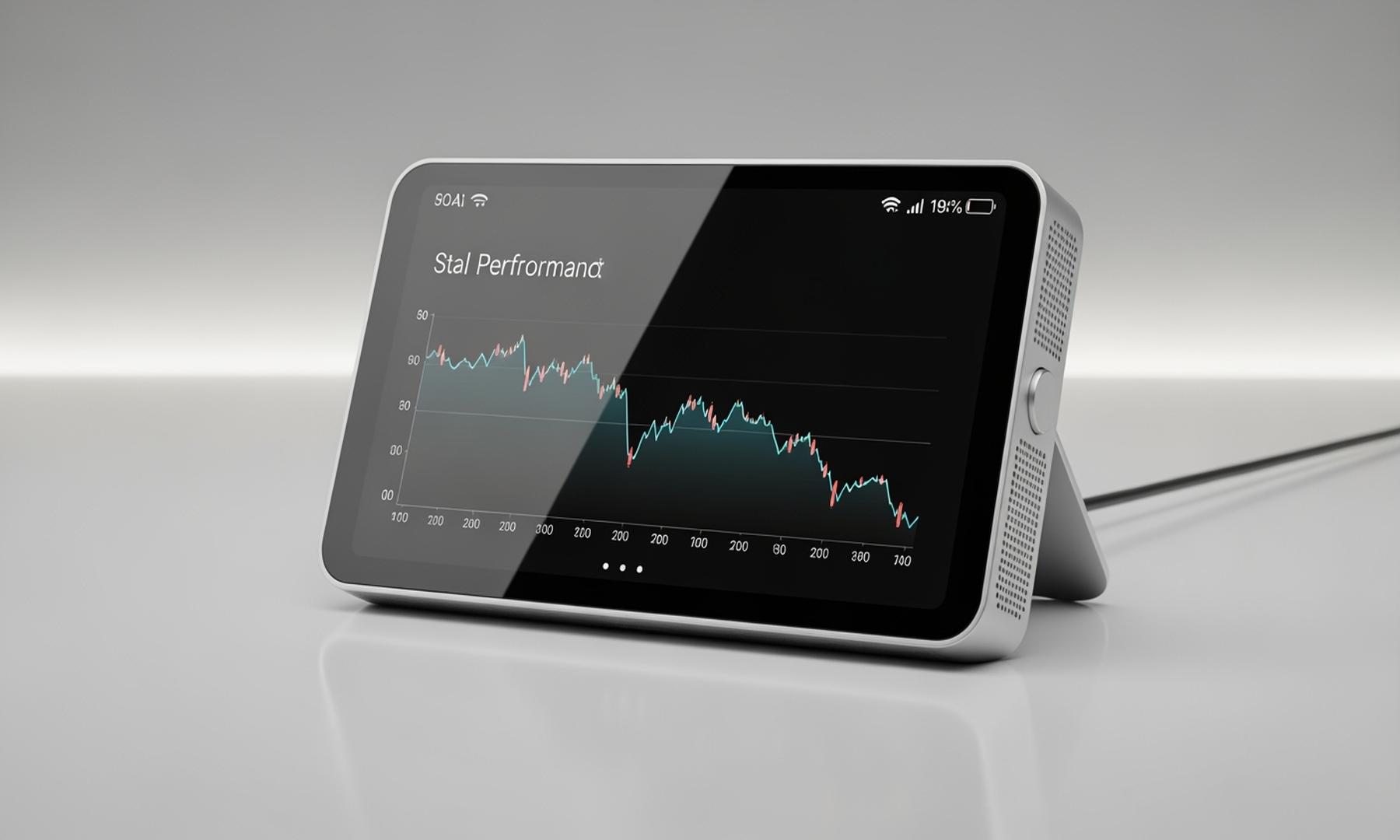What's Happening?
Sandvik, a Swedish company known for its mining equipment, has reported a significant increase in quarterly orders, driven by high demand for gold and copper. The company saw a 16% organic rise in orders for the July-September quarter, with shares up
nearly 40% this year. CEO Stefan Widing attributed the growth to high metal prices, which have led customers to expand their use of Sandvik's products. Despite the increased demand, Sandvik's third-quarter profit fell 6% due to negative currency effects, although the company has been mitigating tariff impacts through surcharges.
Why It's Important?
The surge in Sandvik's orders highlights the strong demand for mining equipment amid rising gold and copper prices. This trend reflects broader economic conditions where investors seek safe-haven assets like gold. The U.S. market, which accounted for 14% of Sandvik's revenues last year, is likely to be impacted by these developments. The company's ability to meet increased demand and manage tariff impacts through strategic pricing adjustments is crucial for maintaining its market position. The currency effects, however, pose challenges to profitability, affecting earnings margins.
What's Next?
Sandvik's continued strategy to mitigate tariff impacts through surcharges will be essential in maintaining its profitability. The company may need to explore further measures to counteract negative currency effects. As demand for gold and copper remains strong, Sandvik's ability to scale production and meet customer needs will be critical. Stakeholders, including investors and industry analysts, will be closely monitoring Sandvik's performance and strategic decisions in response to these market dynamics.
Beyond the Headlines
The increased demand for mining equipment amid a gold rush underscores the cyclical nature of commodity markets and their impact on industrial sectors. Sandvik's experience highlights the importance of strategic pricing and currency management in navigating global market fluctuations. The company's approach to tariffs and currency effects may serve as a case study for other firms facing similar challenges.















